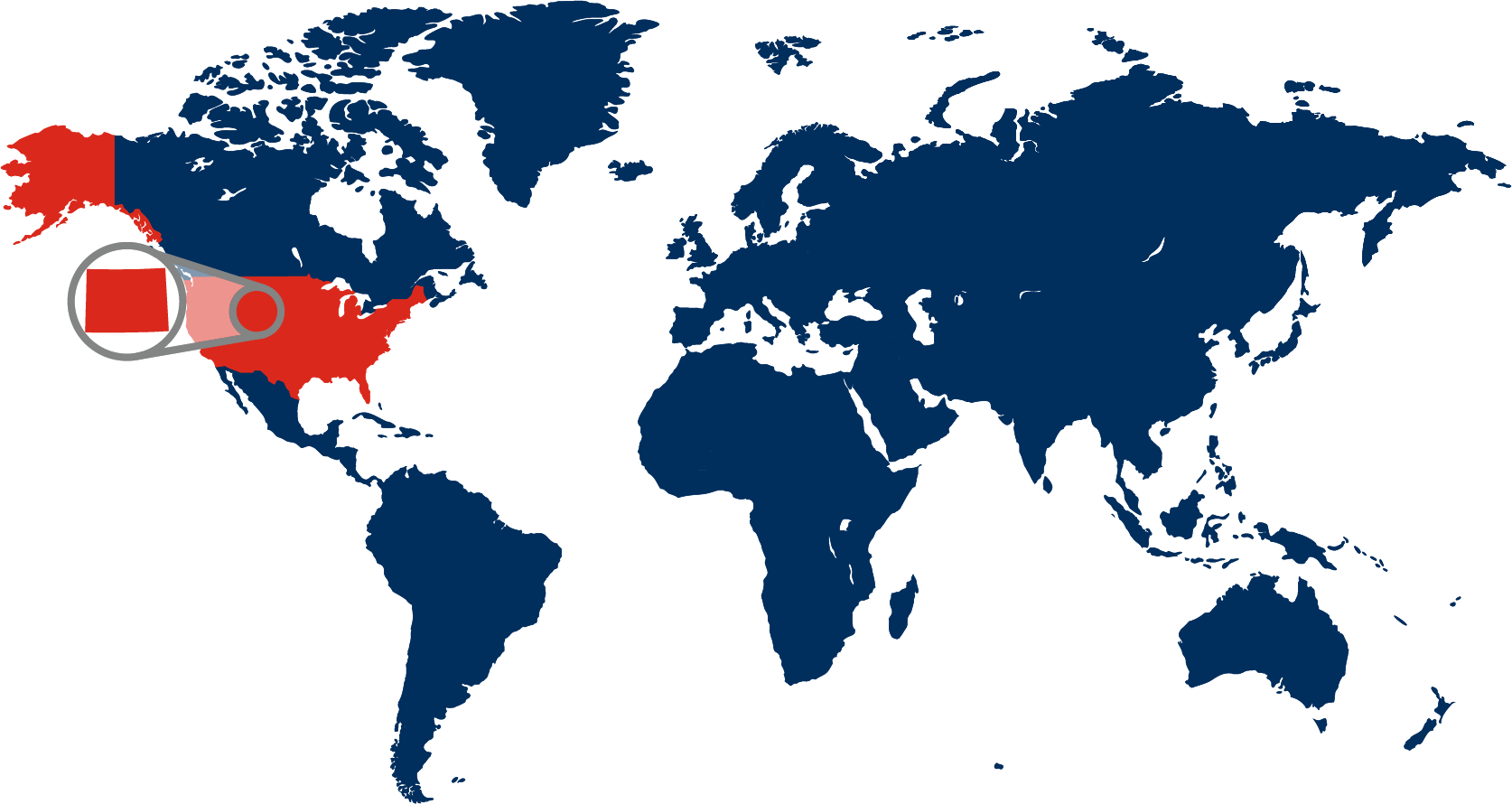Wyoming Travelogue
Articles
Travelogues
View more from News & Articles or Primerus Weekly

By Tom Kirvan
Wyoming, known as the "Equality State," is a land of dramatic landscapes, rich history, and iconic Western culture. With its vast open spaces, rugged mountain ranges, and world-famous national parks, Wyoming offers a true escape into the heart of the American West.
Wyoming is the least populated state in the United States, with a population of approximately 580,000 residents. Despite its small population, Wyoming ranks as the 10th largest state by area. This sparse population density allows for breathtaking, uninterrupted landscapes, where nature dominates the horizon, untarnished by civilization.
The state is divided into two main geographic regions: the Rocky Mountains in the west and the High Plains in the east. The western region is characterized by towering peaks, deep valleys, and pristine alpine lakes, while the eastern plains are home to rolling hills and wide-open grasslands. The Continental Divide runs through Wyoming, and the state’s diverse geography includes geysers, hot springs, forests, and deserts.
Wyoming’s history is deeply intertwined with the expansion of the American frontier. Indigenous peoples, including the Arapaho, Shoshone, and Cheyenne, originally inhabited the region. European exploration began in the early 19th century with fur trappers and traders.
In 1868, the Wyoming Territory was established, and in 1890, Wyoming became the 44th state. Wyoming earned its nickname, the "Equality State," because it was the first U.S. state to grant women the right to vote, a landmark decision in 1869. The state also played a pivotal role in the westward migration, with key trails like the Oregon Trail and the Pony Express crossing its lands.
Wyoming’s economy is driven primarily by energy, tourism, and agriculture. The state boasts an abundance of natural resources, including coal, oil, natural gas, and uranium. Mining and energy extraction remain key industries, contributing significantly to state revenue.
Tourism is another vital economic driver, with visitors drawn to Wyoming’s natural beauty and outdoor recreation opportunities. Yellowstone and Grand Teton National Parks attract millions annually. Agriculture, particularly cattle ranching and sheep herding, remains a cultural and economic cornerstone, reflecting Wyoming’s deep-rooted Western heritage.


Capital: Cheyenne
Population: 580,000
Highest Point: Gannett Peak (13,810 feet)
Trivia: One of three states that are rectangular
Primerus Member: Gary L. Shockey, PC
Gary L. Shockey, PC, a personal injury law firm based in Casper.
Cheyenne, the state capital, is located in southeastern Wyoming. With a population of around 65,000, Cheyenne is also the most populous city in the state. Known for its historic architecture and cowboy culture, Cheyenne hosts the world-famous Cheyenne Frontier Days, a weeklong rodeo and festival celebrating Wyoming’s Western roots.
Five Must-See Destinations